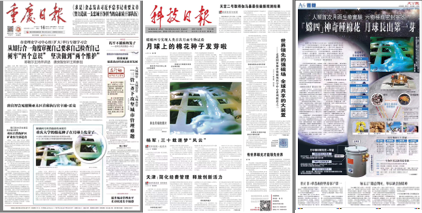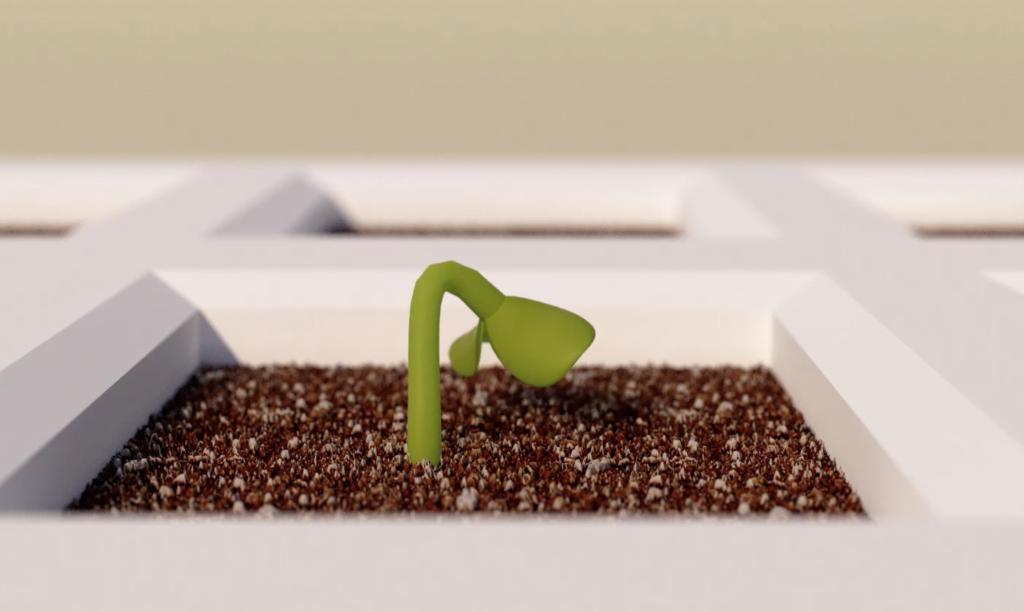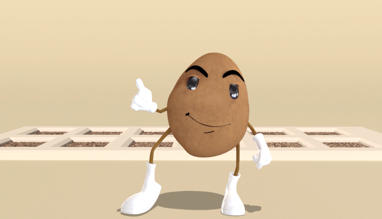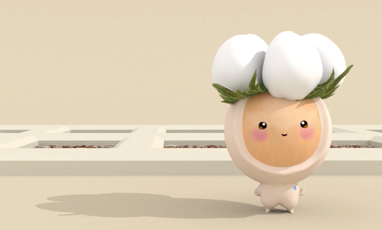On January 15, 2019, the Chongqing Municipal People’s Government Information Office released to the global media that the Chang’e IV biological science experiment payload led by Chongqing University had successfully completed the first human biological experiment on the far side of the moon, and the first plant sprouted and grew the first green leaf on the barren moon immediately went viral on the Internet and attract instant attention on mainstream media. The news was subsequently followed and reported by major media at home and abroad, including CCTV News 1+1, a featured news program. It also went on top of the Weibo hot searches list. This biological science test payload project successfully made the dream come true of constructing a space ecosystem with higher organisms on the lunar surface for the first time in human history and has extraordinary scientific and popular science significance.
The goal of science popularization is the priority of this project, enabling the general public to have an easier understanding of the science and technology in the lunar mission, such as deep space exploration, aerospace, biology, among others. Led and guided by the chief designer of the science payload project, Prof. Xie Xinghua, Associate Dean of the School of Arts, Associate Professor Li Gang and Ms Xia Qing, students from the Graduate Studio of Digital Media Art and Animation, the Graduate Studio of Industrial Product, and students led by Mr Geng Pengfei from the Meishi Film Academy of Chongqing University organized a joint team to carry out design and production service of the promotional video and science animation of the science payload project.
It was not until close to the launch of Chang’e IV had the animation project been commissioned. Under great time pressure, the team set out to use their free time to investigate relevant background knowledge related to the lunar mission and major difficulties after completing daily teaching assignments during the day. Materials were organized for the creation of the animation, with adjustment and revision over 20 times before submitting the final 9-minute long promotional video and the 4-minute popular science cartoon animation. The films documented and presented the whole process of the biological science payload project from the establishment to scientific investigation and final approval to board Chang’e IV, and became an important source for promoting the lunar mission at press conferences with much coverage from major media outlets. Among them, the science animation uses anthropomorphic techniques to introduce how the “passengers” aboard the payload start their journey to the moon, and shows the whole process of lunar surface biology experiment and its related basic knowledge in an easy-to-understand manner.
Prof. Xie Gengxin, chief designer of the science payload project and Dr Zhang Yuanxun, executive designer, provided guidance and instructions for the creation of the animation and the promotional debriefing video with joint support from professors and experts from different academic units, such as the School of Life Science, School of Aerospace Engineering, College of Mechanical and Vehicle Engineering, and School of Materials Science and Engineering. It was a success based on multi-/cross disciplinary collaboration and joint efforts. Behind the smooth implementation of the entire science payload project are the countless dawns and late nights when researchers, designers, teachers and students worked side by side. It is the embodiment of the great national spirit of collaboration and dedication in all fields and disciplines of science and art, technology and humanities.
Figure 1: Major media coverage

Figure 2: Cartoon image design of loaded seeds

Figure 3: Scientific demonstration animation of plant growth

Figure 4: Scientific demonstration of Chang’e IV launch

Figure 5: Animated characters of Cotton Elves and Potato Elves





